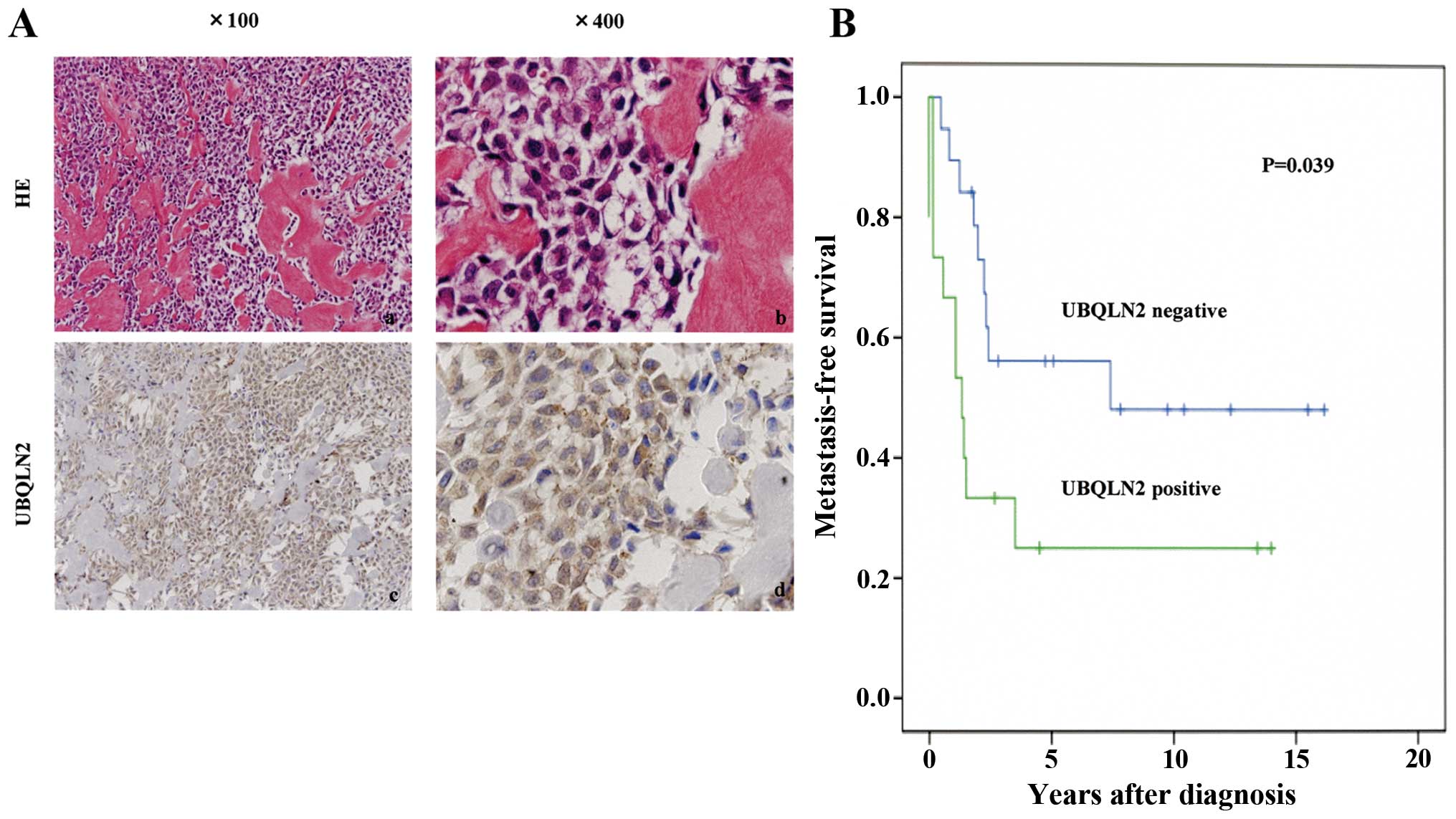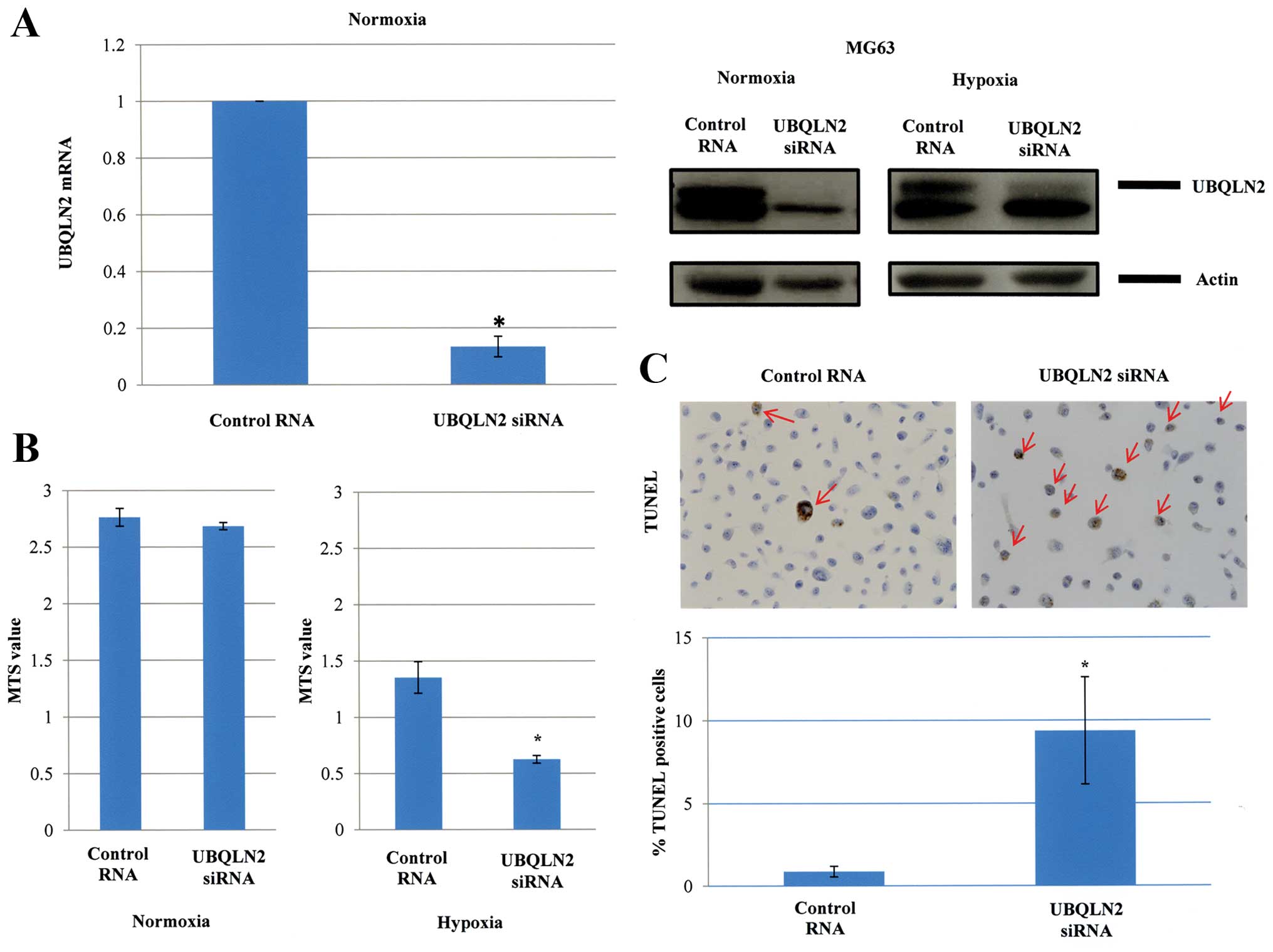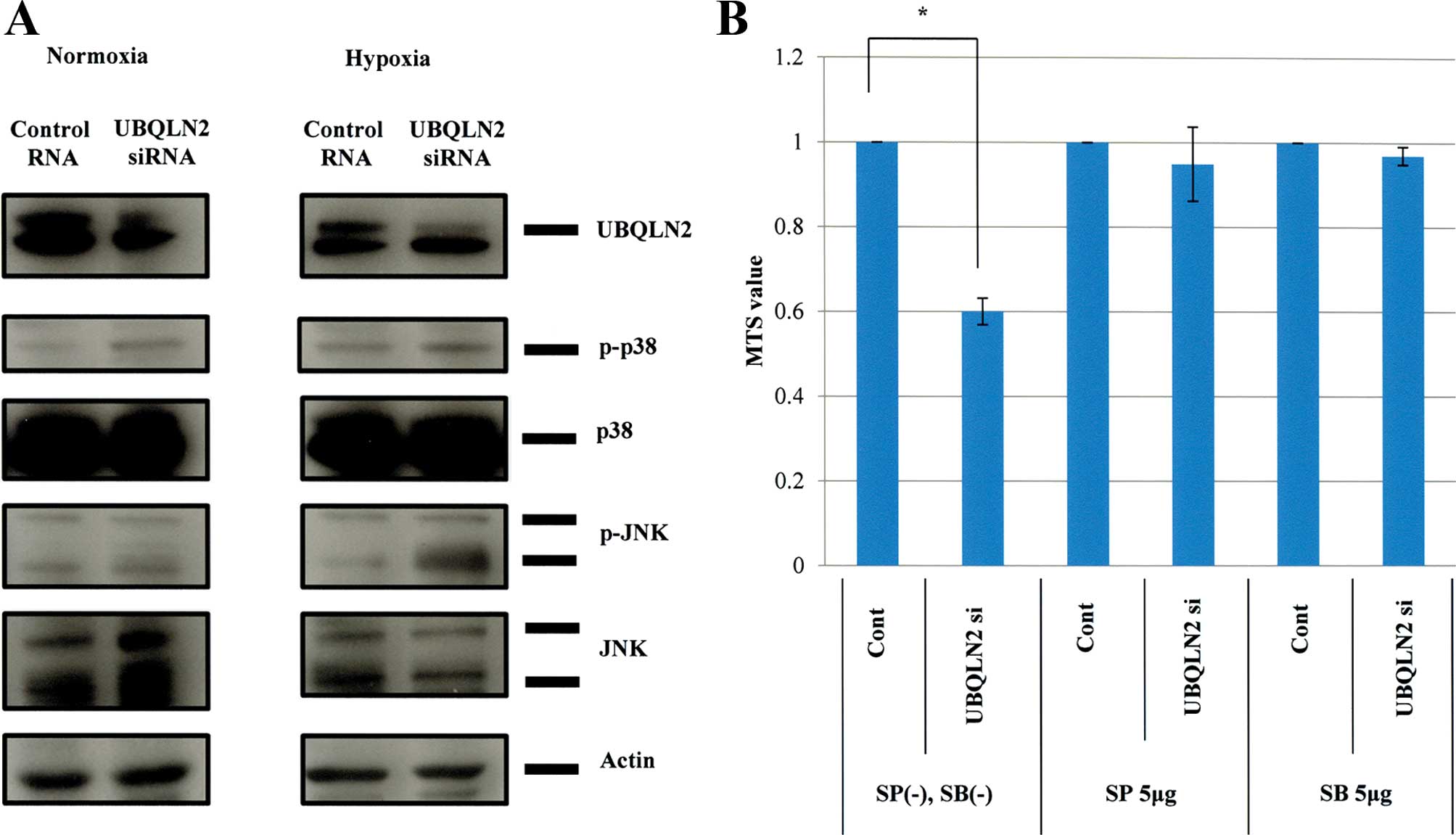|
1
|
Longhi A, Errani C, De Paolis M, Mercuri M
and Bacci G: Primary bone osteosarcoma in the pediatric age: state
of the art. Cancer Treat Rev. 32:423–436. 2006. View Article : Google Scholar : PubMed/NCBI
|
|
2
|
Marina N, Gebhardt M, Teot L and Gorlick
R: Biology and therapeutic advances for pediatric osteosarcoma.
Oncologist. 9:422–441. 2004. View Article : Google Scholar : PubMed/NCBI
|
|
3
|
Bagatell R, Gore L, Egorin MJ, Ho R,
Heller G, et al: Phase I pharmacokinetic and pharmacodynamic study
of 17-N-allyl-amino-17-demethoxygeldanamycin in pediatric patients
with recurrent or refractory solid tumors: a pediatric oncology
experimental therapeutics investigators consortium study. Clin
Cancer Res. 13:1783–1788. 2007. View Article : Google Scholar : PubMed/NCBI
|
|
4
|
Ebb D, Meyers P, Grier H, et al: Phase II
trial of trastuzumab in combination with cytotoxic chemotherapy for
treatment of metastatic osteosarcoma with human epidermal growth
factor receptor 2 overexpression: a report from the Children’s
Oncology Group. J Clin Oncol. 30:2545–2551. 2012. View Article : Google Scholar : PubMed/NCBI
|
|
5
|
Weigel B, Malempati S, Reid JM, et al:
Phase 2 trial of cixutumumab in children, adolescents, and young
adults with refractory solid tumors: a report from the Children’s
Oncology Group. Pediatr Blood Cancer. 61:452–456. 2014. View Article : Google Scholar
|
|
6
|
Moroney J, Fu S, Moulder S, et al: Phase I
study of the antiangiogenic antibody bevacizumab and the
mTOR/hypoxia-inducible factor inhibitor temsirolimus combined with
liposomal doxorubicin: tolerance and biological activity. Clin
Cancer Res. 18:5796–5805. 2012. View Article : Google Scholar : PubMed/NCBI
|
|
7
|
Bertram L, Hiltunen M, Parkinson M, et al:
Family-based association between Alzheimer’s disease and variants
in UBQLN1. N Engl J Med. 352:884–894. 2005. View Article : Google Scholar : PubMed/NCBI
|
|
8
|
Deng HX, Chen W, Hong ST, et al: Mutations
in UBQLN2 cause dominant X-linked juvenile and adult-onset ALS and
ALS/dementia. Nature. 477:211–215. 2011. View Article : Google Scholar : PubMed/NCBI
|
|
9
|
Beverly LJ, Lockwood WW, Shah PP,
Erdjument-Bromage H and Varmus H: Ubiquitination, localization, and
stability of an anti-apoptotic BCL2-like protein, BCL2L10/BCLb, are
regulated by Ubiquilin1. Proc Natl Acad Sci USA. 109:E119–E126.
2012. View Article : Google Scholar : PubMed/NCBI
|
|
10
|
Honoki K, Mori T, Tsutsumi M, et al:
Heterogeneous pattern of gene expression in cloned cell lines
established from a rat transplantable osteosarcoma lung metastatic
nodule. Cancer Lett. 127:221–228. 1998. View Article : Google Scholar : PubMed/NCBI
|
|
11
|
Honoki K, Tsutsumi M, Miyauchi Y, et al:
Increased expression of nucleoside diphosphate kinase/nm23 and
c-Ha-ras mRNA is associated with spontaneous lung metastasis in
rat-transplantable osteosarcomas. Cancer Res. 53:5038–5042.
1993.PubMed/NCBI
|
|
12
|
Luu HH, Kang Q, Park JK, et al: An
orthotopic model of human osteosarcoma growth and spontaneous
pulmonary metastasis. Clin Exp Metastasis. 22:319–329. 2005.
View Article : Google Scholar : PubMed/NCBI
|
|
13
|
Fletcher CDM, Bridge JA, Hogendoorn PCW
and Mertens F: Osteogenic tumours. WHO Classification of Tumours of
Soft Tissue and Bone. IARC; Lyon: pp. 275–296. 2013
|
|
14
|
Edge S, Byrd DR, Compton CC, Fritz AG,
Greene FL and Trotti A: AJCC Cancer Staging Manual. 7th edition.
The American Joint Committee on Cancer; 2010
|
|
15
|
Shimada K, Nakamura M, Ishida E and
Konishi N: Molecular roles of MAP kinases and FADD phosphorylation
in prostate cancer. Histol Histopathol. 21:415–422. 2006.PubMed/NCBI
|
|
16
|
Kunz M and Ibrahim SM: Molecular responses
to hypoxia in tumor cells. Mol Cancer. 2:232003. View Article : Google Scholar : PubMed/NCBI
|
|
17
|
Semenza GL: Hypoxia-inducible factors:
mediators of cancer progression and targets for cancer therapy.
Trends Pharmacol Sci. 33:207–214. 2012. View Article : Google Scholar : PubMed/NCBI
|
|
18
|
Mizobuchi H, García-Castellano JM, Philip
S, Healey JH and Gorlick R: Hypoxia markers in human osteosarcoma:
an exploratory study. Clin Orthop Relat Res. 466:2052–2059. 2008.
View Article : Google Scholar : PubMed/NCBI
|
|
19
|
Kubo T, Piperdi S, Rosenblum J, et al:
Platelet-derived growth factor receptor as a prognostic marker and
a therapeutic target for imatinib mesylate therapy in osteosarcoma.
Cancer. 112:2119–2129. 2008. View Article : Google Scholar : PubMed/NCBI
|
|
20
|
Zhou Q, Zhu Y, Deng Z, Long H, Zhang S and
Chen X: VEGF and EMMPRIN expression correlates with survival of
patients with osteosarcoma. Surg Oncol. 20:13–19. 2011. View Article : Google Scholar
|
|
21
|
Ko HS, Uehara T, Tsuruma K and Nomura Y:
Ubiquilin interacts with ubiquitylated proteins and proteasome
through its ubiquitin-associated and ubiquitin-like domains. FEBS
Lett. 566:110–114. 2004. View Article : Google Scholar : PubMed/NCBI
|
|
22
|
Kim TY, Kim E, Yoon SK and Yoon JB: Herp
enhances ER-associated protein degradation by recruiting
ubiquilins. Biochem Biophys Res Commun. 369:741–746. 2008.
View Article : Google Scholar : PubMed/NCBI
|
|
23
|
Lim PJ, Danner R, Liang J, et al:
Ubiquilin and p97/VCP bind erasin, forming a complex involved in
ERAD. J Cell Biol. 187:201–217. 2009. View Article : Google Scholar : PubMed/NCBI
|
|
24
|
N’Diaye EN, Kajihara KK, Hsieh I, et al:
PLIC proteins or ubiquilins regulate autophagy-dependent cell
survival during nutrient starvation. EMBO Rep. 10:173–179. 2009.
View Article : Google Scholar : PubMed/NCBI
|
|
25
|
Rothenberg C, Srinivasan D, Mah L, et al:
Ubiquilin functions in autophagy and is degraded by
chaperone-mediated autophagy. Hum Mol Genet. 19:3219–3232. 2010.
View Article : Google Scholar : PubMed/NCBI
|
|
26
|
Skene JP and Cleveland DW: Hypoxia and Lou
Gehrig. Nat Genet. 28:107–108. 2001. View
Article : Google Scholar : PubMed/NCBI
|
|
27
|
Dhanasekaran DN and Reddy EP: JNK
signaling in apoptosis. Oncogene. 27:6245–6251. 2008. View Article : Google Scholar : PubMed/NCBI
|
|
28
|
Porras A, Zuluaga S, Black E, Valladares
A, Alvarez AM, Ambrosino C, Benito M and Nebreda AR: p38α
mitogen-activated protein kinase sensitizes cells to apoptosis
induced by different stimuli. Mol Biol Cell. 15:922–933. 2004.
View Article : Google Scholar :
|
|
29
|
Hockel M, Schlenger K, Aral B, Mitze M,
Schaffer U and Vaupel P: Association between tumor hypoxia and
malignant progression in advanced cancer of the uterine cervix.
Cancer Res. 56:4509–4515. 1996.PubMed/NCBI
|
|
30
|
Vaupel P and Harrison L: Tumor hypoxia:
causative factors, compensatory mechanisms, and cellular response.
Oncologist. 9(Suppl 5): S4–S9. 2004. View Article : Google Scholar
|
|
31
|
Björnsson J, Inwards CY, Wold LE, Sim FH
and Taylor WF: Prognostic significance of spontaneous tumour
necrosis in osteosarcoma. Virchows Archiv A Pathol Anat.
423:195–199. 1993. View Article : Google Scholar
|














